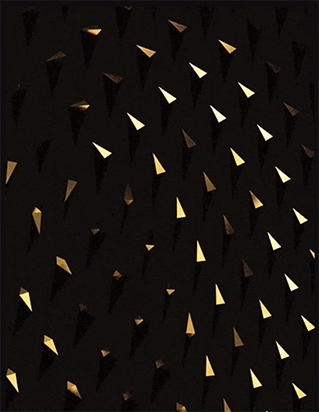Sound: An Acoulogical Treatise, New Book by Michel Chion

Duke University Press has announced the arrival of Sound: An Acoulogical Treatise, the first English translation of Michel Chion‘s Le Son book, originally published in French in 1998 and revised in 2010, where the author explores a wide variety of aspects and questions around sound, getting into technology, composition, philosophy, psychoacoustics, audio-vision, among other themes.
It’s a really stimulating book for the study and practice of sound. I have read the Spanish version published by Paidós back in 1999 (out of print but scan copy available). It’s a dense but rewarding reading in which the prolific sound explorer addresses interesting perspectives on sound studies, acousmatics, film sound and even literature, as he goes around an interesting inter-textuality from which epistemological, practical and cultural questions arise.
“Sound stands out as a strong statement of some of Michel Chion’s core theoretical concepts and will be a major contribution to sound studies. It provides a nice alternative phenomenology of sound, and challenges many of the pieties still in circulation.”, says Jonathan Sterne about this new English edition translated by James A. Steintrager. Will be available in January 1 next year.
First published in French in 1998, revised in 2010, and appearing here in English for the first time, Michel Chion’s Sound addresses the philosophical, interpretive, and practical questions that inform our encounters with sound. Chion considers how cultural institutions privilege some sounds above others and how spurious distinctions between noise and sound guide the ways we hear and value certain sounds. He critiques the tenacious tendency to understand sounds in relation to their sources and advocates “acousmatic” listening—listening without visual access to a sound’s cause—to disentangle ourselves from auditory habits and prejudices. Yet sound can no more be reduced to mere perceptual phenomena than encapsulated in the sciences of acoustics and physiology. As Chion reminds us and explores in depth, a wide range of linguistic, sensory, cultural, institutional, and media- and technologically-specific factors interact with and shape sonic experiences. Interrogating these interactions, Chion stimulates us to think about how we might open our ears to new sounds, become more nuanced and informed listeners, and more fully understand the links between how we hear and what we do.
Table of contents
Introduction. Closed Grooves, Open Ears / James A. Steintrager vii
Preface to the French Edition of 2010 xxvii
I. Hearing
1. Listening Awakes 3
2. The Ear 16
3. Sound and Time 29
II. A Divided World
4. Voice, Language, and Sounds 45
5. Noise and Music: A Legitimate Distinction? 55
III. The Wheel of Causes
6. The Sound That You Cause: Ergo-Audition 83
7. Sounds and Its Cause: Casual Listening and Figurative Listening 101
8. Sound and What It Causes: Real and Supposed Effects 121
IV. Sound Transformed
9. How Technology Has Changed Sound 131
10. The Audiovisual Couple in Film: Audio-Vision 150
V. Listening, Expressing
11. Object and Non-Object: Two Poles 169
12. Between Doing and Listening: Naming 212
Notes 243
Glossary 265
Bibliography 269
Index
Sonic Terrain Bookshelf | Duke University Press | Amazon (Paperback / Hardcover)
Comment (1)
Comments are closed.






Sudipto
November 25, 2015i love to read this